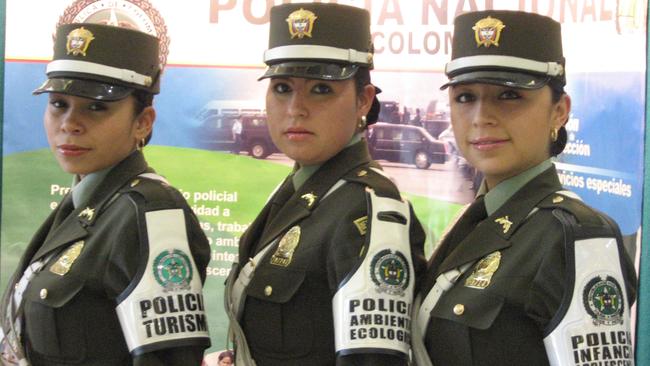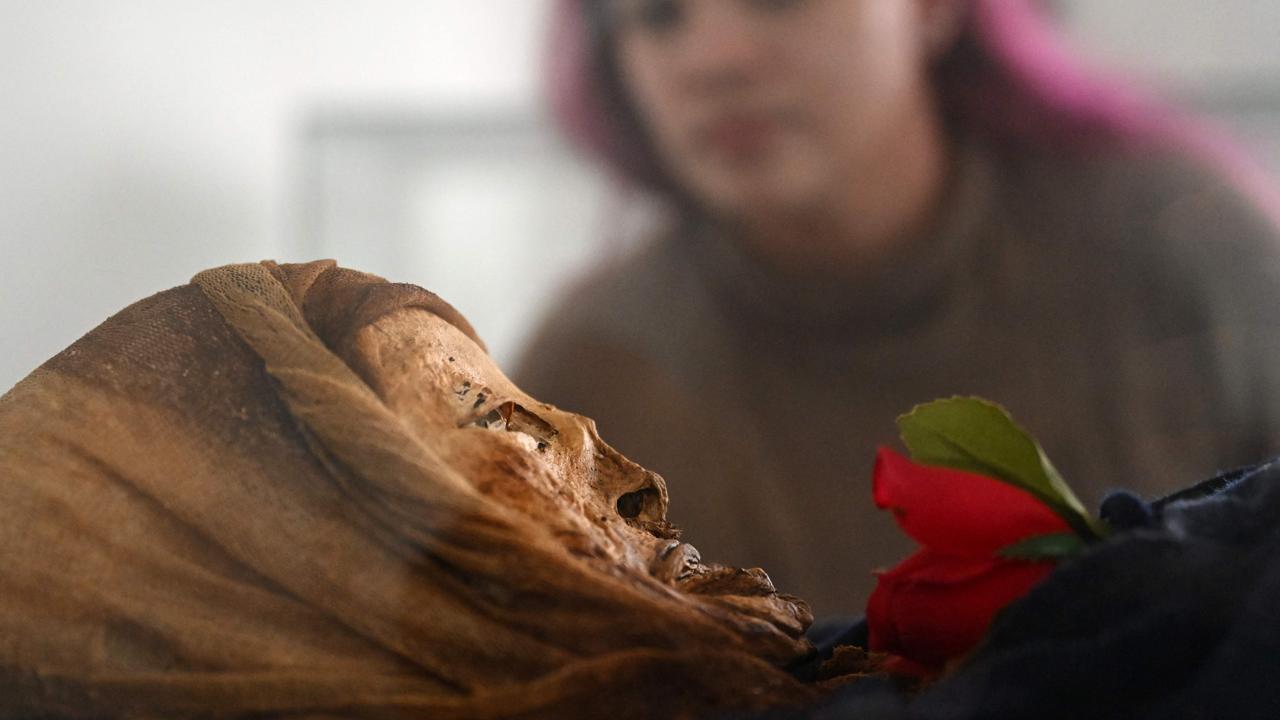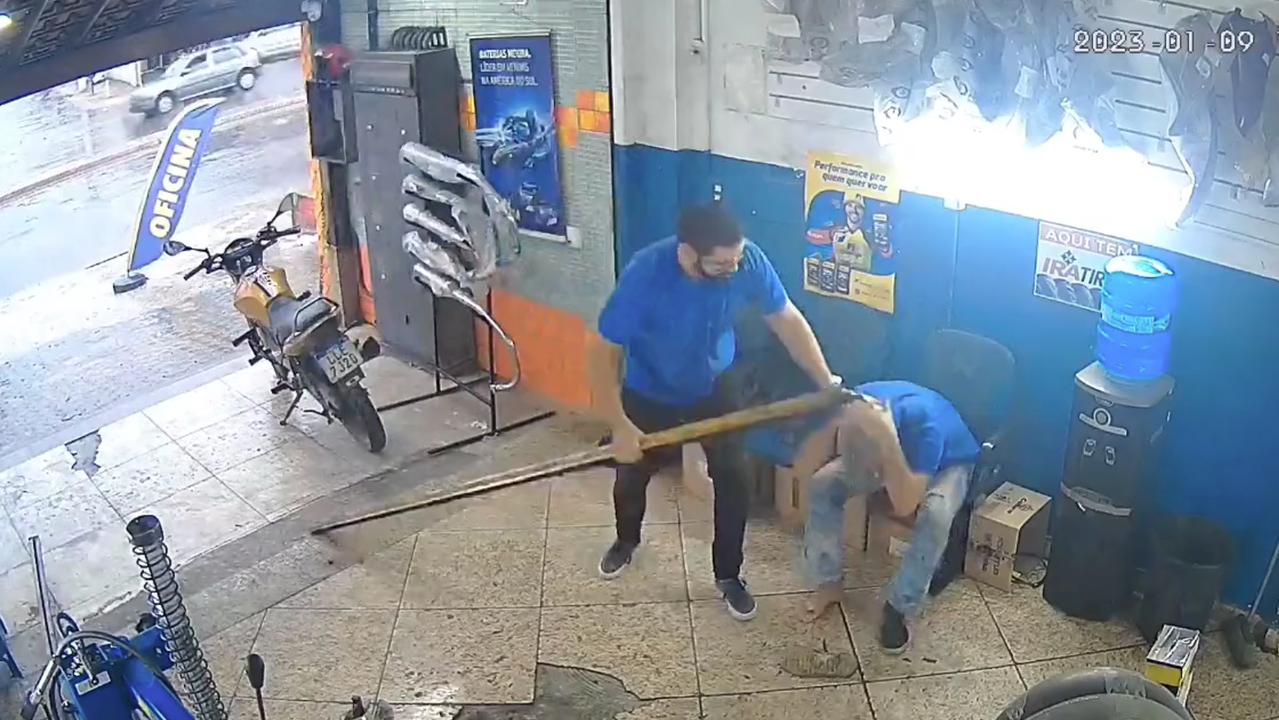Inside the real Colombia of today
IF THERE ever was a country that epitomises beauty and despair at the same time, this is it. Home to a ruthless man with a $40bn fortune, it has a shocking history.

MEN don’t get any more polarising than Pablo Escobar. Twenty-three years after his death, his name still evokes feelings of fear, anger and — as much as we hate to admit it — respect. The son of a peasant labourer and a schoolteacher, this child from the suburbs of Medellin, Colombia, grew up to become the King of Cocaine.
Today, portrayed by Brazilian actor Wagner Moura, he reigns in the ratings as the lead character in the Netflix series Narcos. The show is a hit, reportedly with more viewers than Game of Thrones (Netflix doesn’t release information about its ratings). “God created Colombia and made it so beautiful he had to fill it with bad people,” begins the series, which was shot in Colombia. The country itself is a polarising place, thanks in large part to Escobar’s lingering presence. They say people are a product of their environment, but Colombia, to some degree, is a product of its people. For years it was called the murder capital of the world, and the idea that a foreigner would holiday there ranked somewhere between absurd and suicidal. But Colombia today is a far cry from what it was in the ’90s. Escobar has been six feet under since 1993, the drug cartels have been crippled and the government is taking great strides to promote tourism. And it has a lot to work with. From its Caribbean and Pacific beaches to its coffee-growing region of the Andes, the country is a scenic gold mine. Its cities — colonial Cartagena on the Caribbean, cosmopolitan Bogota in the centre and mountainous Medellin in the northwest — offer everything that can be found in other major South American cities, and the prices are so low they warrant double takes. In Colombia, $2 gets you the same Starbucks Frappucino you pay a lot more for in Australia. Part of the price difference has to do with supply. Colombia is the world’s third largest producer of coffee and the largest producer of the Arabica variety. If Escobar had wanted to rule a legitimate industry, he would have invested in this bean business, like Juan Pablo Echeverri, the owner of Hacienda Venecia, a bed and breakfast stop on Intrepid Travel’s Café Colombia tour. The eight-day guided adventure takes guests to the pulse of Colombia’s “Coffee Triangle,” where they get a crash course in coffee production. Echeverri serves unlimited shots of espresso before putting his guests to work, hand-sorting dried, hand-picked beans into two piles. The best beans are exported; the others end up in the cups of Colombians. Echeverri also teaches the nuances of coffee tasting. Basically, it’s the art of slurping. Tongue, teeth and the right amount of inhaled air are what make or break a tasting. While coffee and cocaine share similarities — both are addictive stimulants — the coffee bean is a key export Colombians can be proud of. Around the world, the friendly face of Juan Valdez — the fictional character denoting Colombian coffee — is as prevalent as Escobar’s, only Valdez’s portrait represents hardworking coffee farmers. Well-caffeinated but not quite jittery, travellers on Intrepid’s tour eventually trade the pastoral coffee plantation for the city of Medellin, where Escobar oversaw the infamous Medellin Cartel. Once the most violent city in the world (there were 6349 murders in 1991), this urban mountain oasis is a far cry now from the bloodstained, bomb-ravaged streets of Narcos. Today, visitors use words like “clean” and “progressive” to describe Colombia’s third largest city, one of the most modern cities in South America. A practically flawless public transportation system ferries the public to and from world-class museums, shopping, churches, parks and even a few Escobar-themed tourist attractions. Dialled-in local guides make the rounds at hotels and hostels, picking up tourists who fork over $20 to walk in the kingpin’s footsteps. Highlights include Escobar’s office, his home — where his brother Robert cares for many of his belongings — his jail cell and his grave. After a barrage of bullets in December 1993, the King of Cocaine got his wish: “I prefer to be in the grave in Colombia than in a jail cell in the US.” In his prime, Escobar sat on a $40 billion fortune. The opening credits of Narcos include footage of his private zoo, which contained animals from Africa. He spared no expense in building his lavish, 300-room compound along the Caribbean Coast, a vacation paradise that runs from Panama to Venezuela and includes colonial Cartagena, a colourful crossroads where old and new coexist in harmony. Wearing traditional dresses that make rainbows seem dull, women balance baskets of fruit on their heads around the main plazas, machetes at the ready to whip up a fruit salad for tourists willing to pay two to six dollars for enough to feed a family of four. Yes, the price ranges. On the street, tourists are often charged up to 50 per cent more than the locals, so bartering is essential for budget travellers. After the sun sets, Ana Gomez, an Intrepid guide, leads her group out past the old city walls and into the hole-in-the-wall joints where the locals go to show off their salsa moves. Gomez is acutely aware of her guests’ fascination with Escobar, and she politely fields questions about him. But from the day her cross-country tour begins in Bogota, she keeps her charges preoccupied. While taking in the city’s culinary scene, ranging from farm-to-table fine dining to a local market that would make a three-ring-circus seem boring, it’s easy to forget about Escobar — until you run into a street that’s closed off for the filming of season two of Narcos. If Netflix has its way, Escobar’s posthumous 15 minutes of fame are far from over. It seems counterintuitive, but perhaps reliving the country’s darkest times will cement its status as a worthwhile tourist destination. This story originally appeared on FoxNews.



